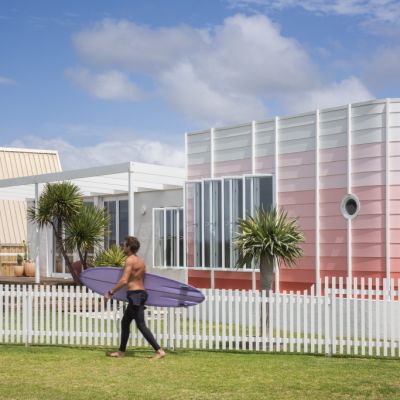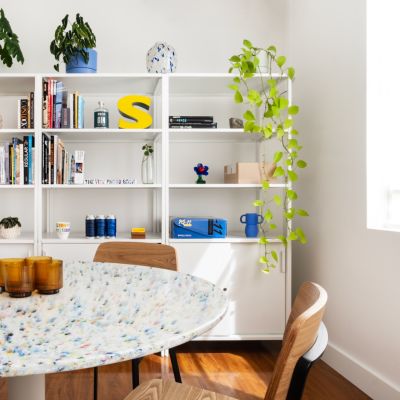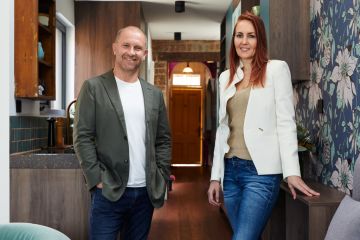90 years of Laminex: How the iconic Australian brand has evolved over the decades

At the Laminex factory in Melbourne’s Cheltenham, a large display board maps the brand’s evolution over the decades.
“There was an obsession with hula girls and Hawaii in the ’60s, so we had a basketweave Laminex,” says general manager Sacha Leagh-Murray.
“In the ’70s, it was burnt orange and lime green and kind of the psychedelic colours … then through the ’90s and early 2000s was a lot of white – it was all about clinical white kitchens.”
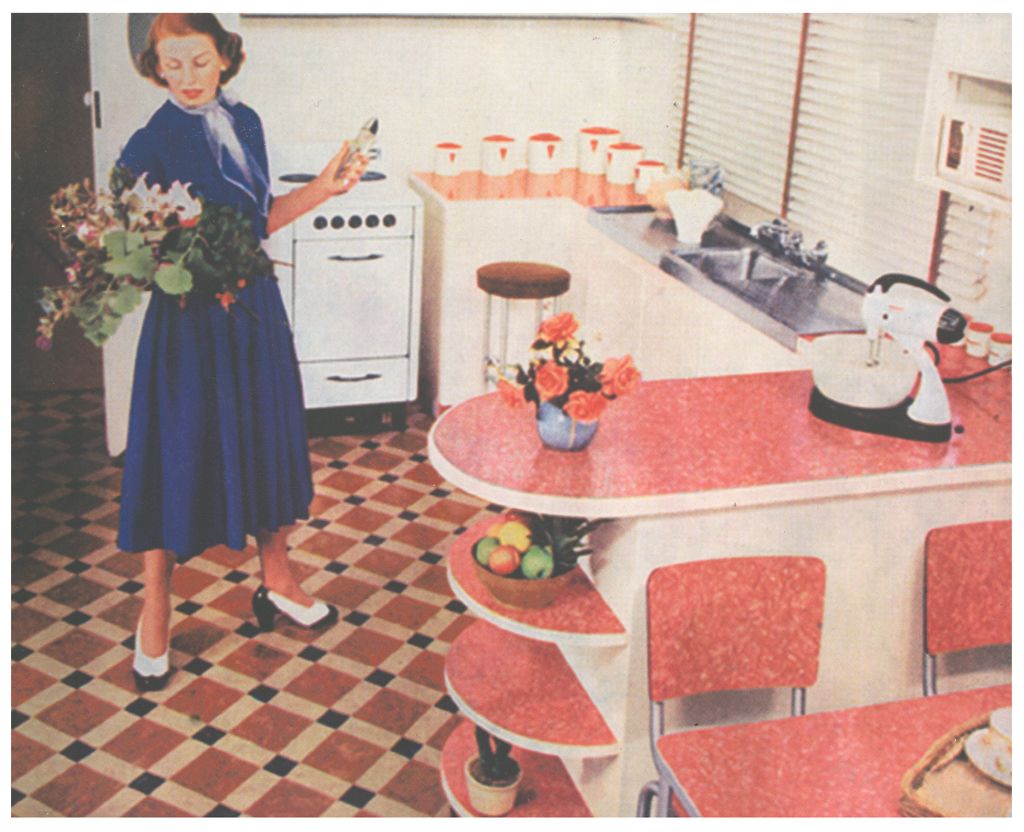
A feature of Australian homes for more than 70 years, Laminex’s laminates – and the ads promoting them – are markers of design and societal trends that trigger feelings of nostalgia for many of us.
“Most Australian homes in the 1950s and 1960s would’ve had a Laminex table in the kitchen,” says Leagh-Murray, citing bedroom furniture and bathroom wall linings as other early applications.
“There was a lot of DIY back then as well. Laminex was originally also sold as a DIY product – it was sold with glue and home owners could make their own benchtops.”
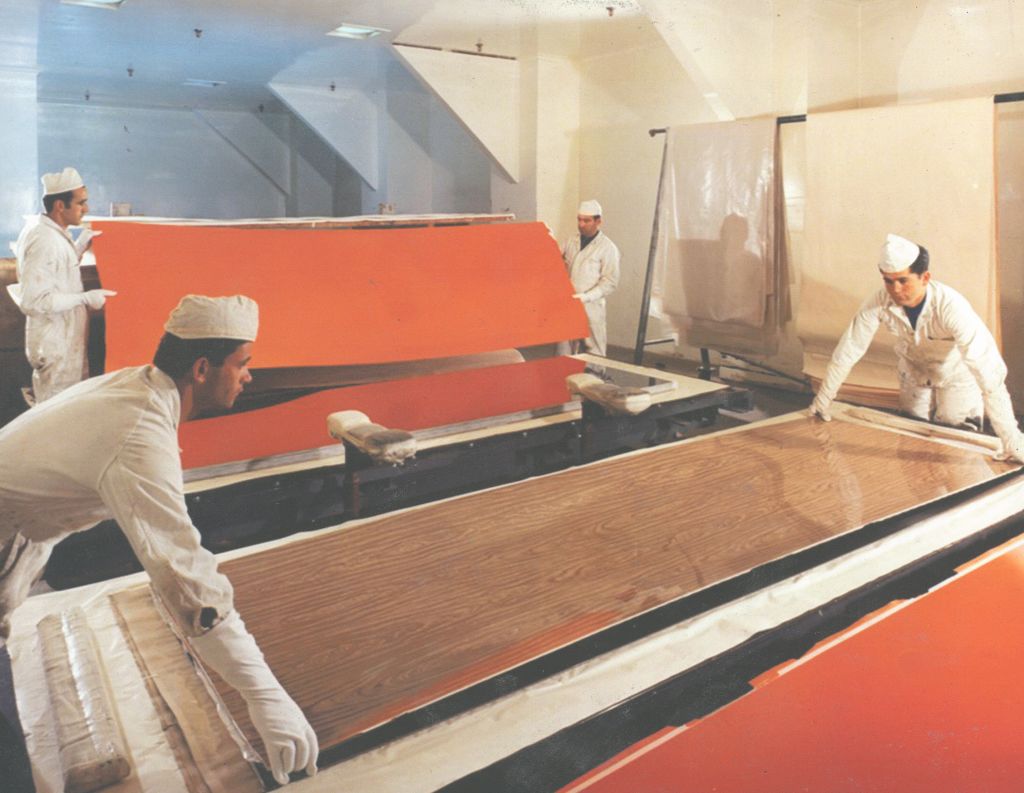
The Cheltenham factory, established in 1952, is a short drive from the Brighton tin shed where founder Bob Sykes initially started manufacturing electrical and automotive parts in 1934.
Inspired by a visit to the United States and a booming local construction industry, he pivoted to producing decorative laminates for the home in the early 1950s.
While DIY has fallen out of favour (“Now it’s very much a do-it-for-me market,” says Leagh-Murray), Laminex’s ever-evolving suite of products has continued to earn its place in our homes, workplaces and public spaces.
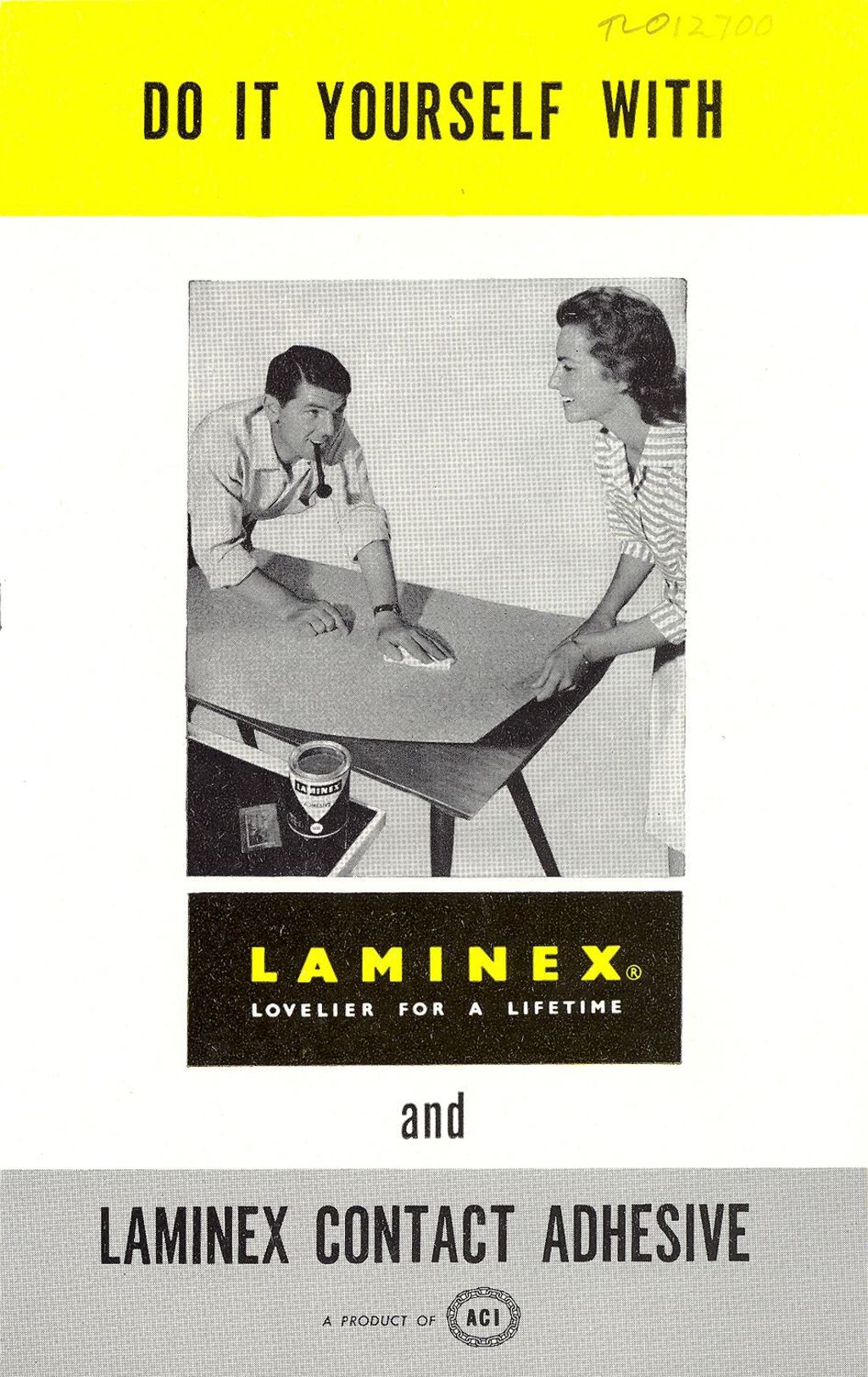
Celebrating its 90th birthday this year, the company’s range has expanded to include acrylic surfaces, wall panelling, engineered timber and more.
And while many Australian businesses have moved their manufacturing offshore, it’s kept its production local, with the original Cheltenham plant now one of seven in operation.
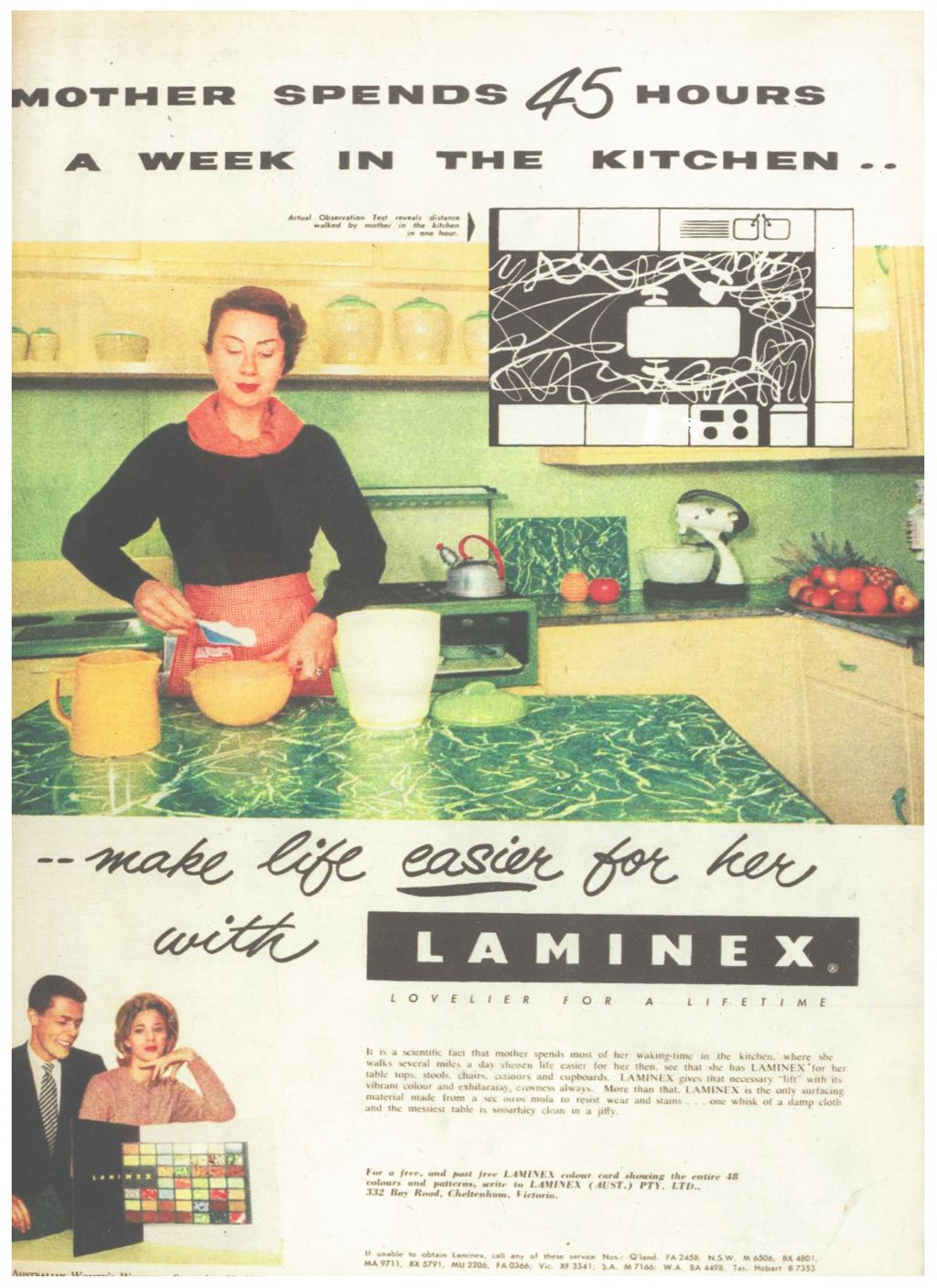
“It’s quite an achievement to still be manufacturing in Melbourne 90 years later,” says Leagh-Murray. “We’re very focused on quality, even if that means being more expensive to manufacture.”
Laminex is also an active member of Australia’s design community, regularly working with architects and interior designers to showcase creative applications for its products.
Architect Rachel Nolan’s earliest memories of Laminex were formed in her childhood home and school classrooms.
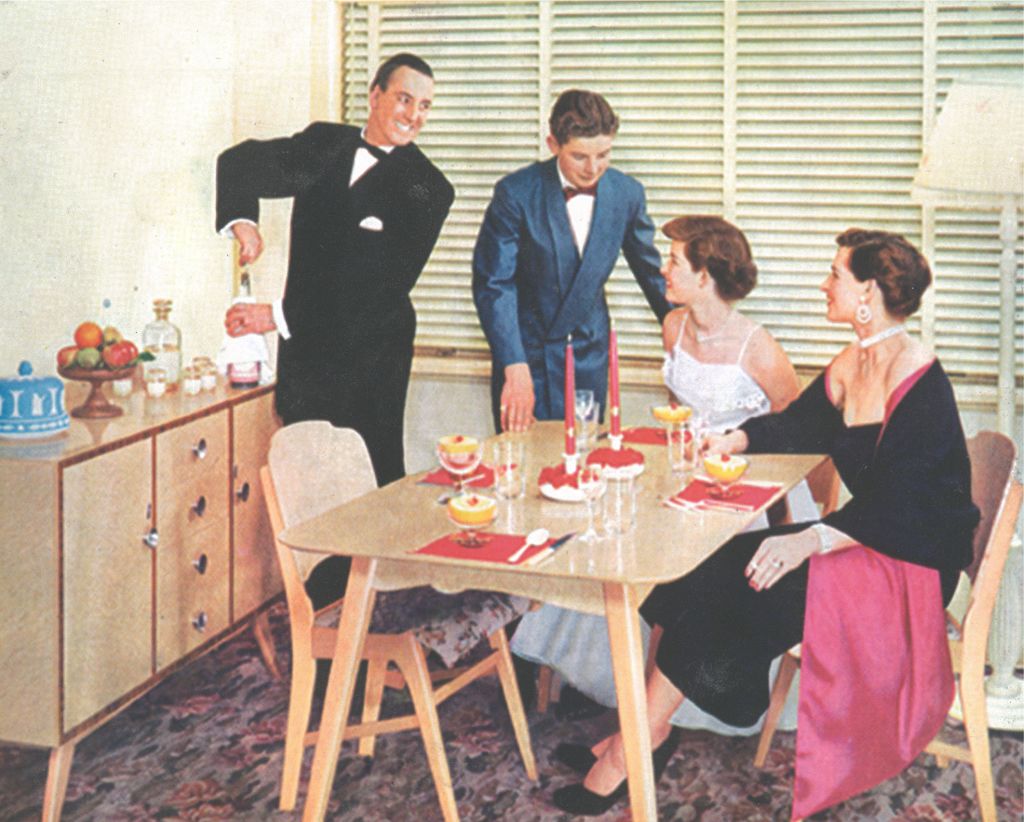
“We grew up in the ’70s kitchens that had orange and red Laminex. It was quite bold; the ’70s were riskier times,” she says. “You can kind of map where society is at with what the range is in a way.”
When her firm, Kennedy Nolan, was approached to design a series of spaces using Laminex materials, it was a “really easy, quick yes”.
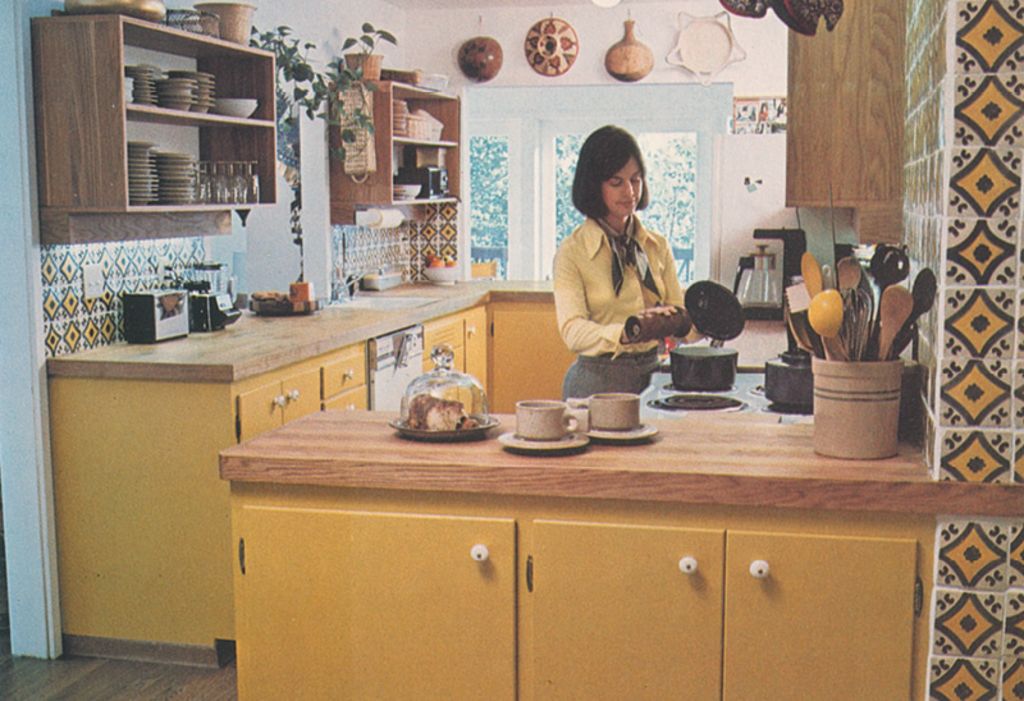
The collaboration resulted in two kitchens and a workspace that reflect the award-winning studio’s love of colour and Laminex’s versatility.
“Our approach with some of those spaces was to look at the ’80s bullnose and things that were in fashion at other times … and how you might give it new life,” says Nolan.
“They were really encouraging for us to be creative and just have a crack at it, so it was an enjoyable thing to do.”
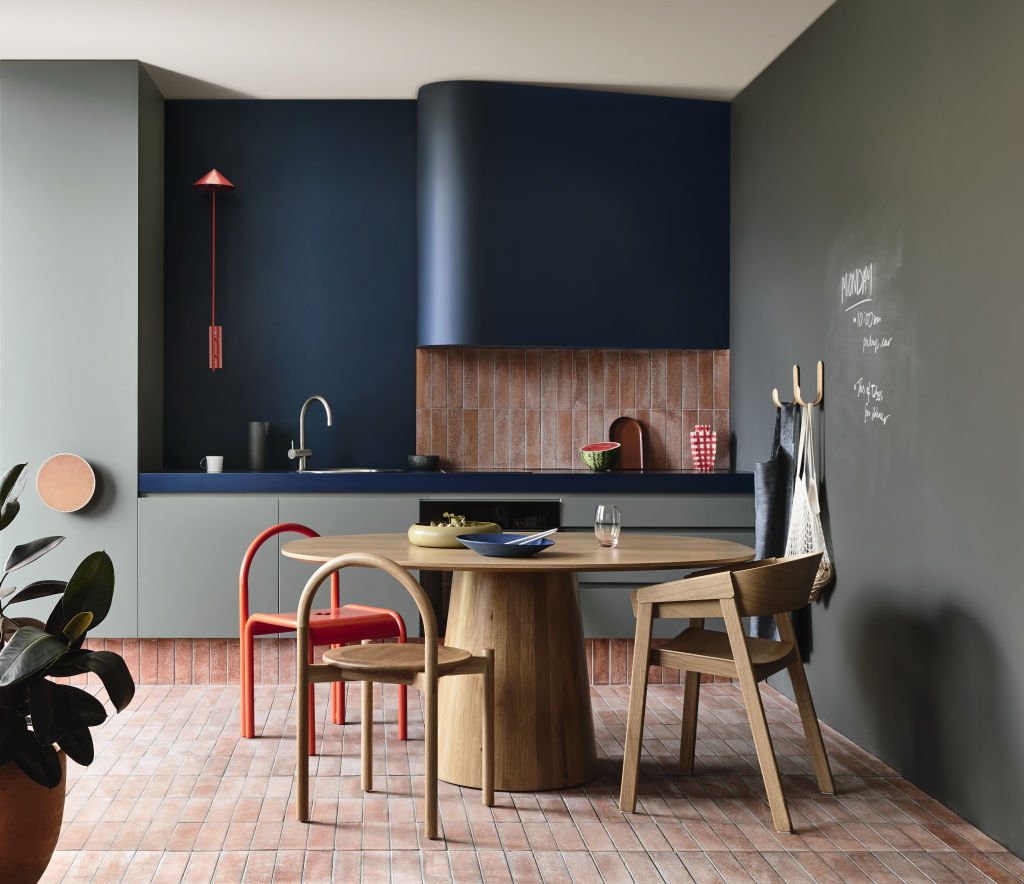
Kennedy Nolan also uses Laminex products in their architecture projects, from single homes to schools and high-density housing projects.
“We kind of lean into it and see what it can do for us,” says Nolan. “Yes, it is a more affordable product, but you can also do beautiful things with it.”
For Nolan, Laminex’s commitment to local manufacturing and sustainability is key to its success.
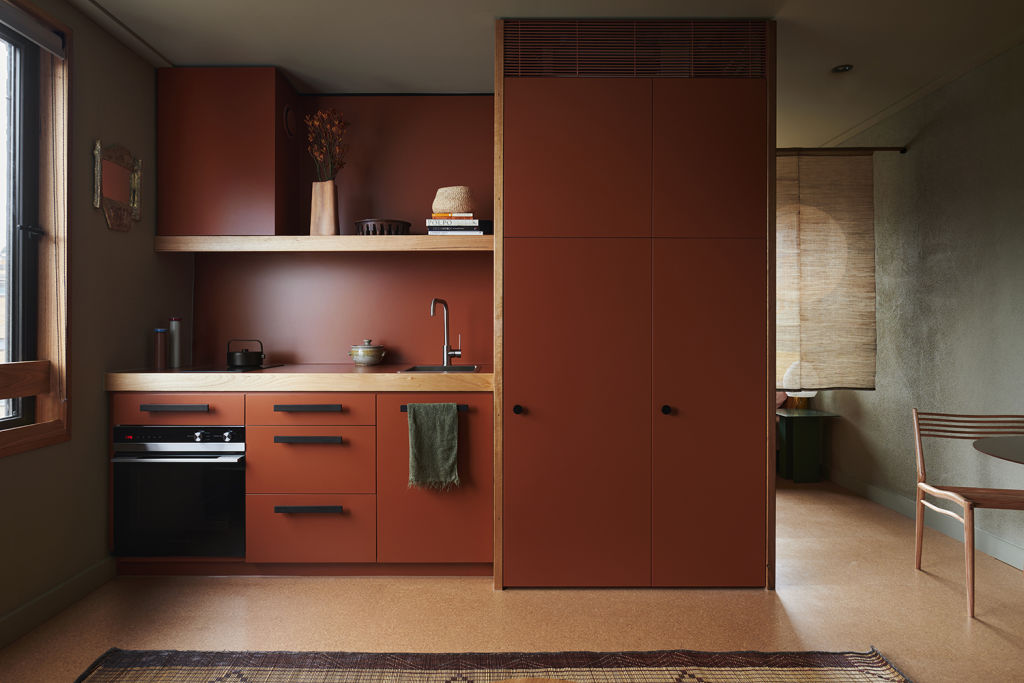
Acquired by New Zealand-based Fletcher Building in 2002, Laminex has established solar farms at some of its regional manufacturing sites and was the first in its category to achieve a Global GreenTag certification.
“I think Australian designers who are certifying products need to … make sure that what they’re specifying has good credentials, and I feel pretty safe with those guys,” says Nolan.
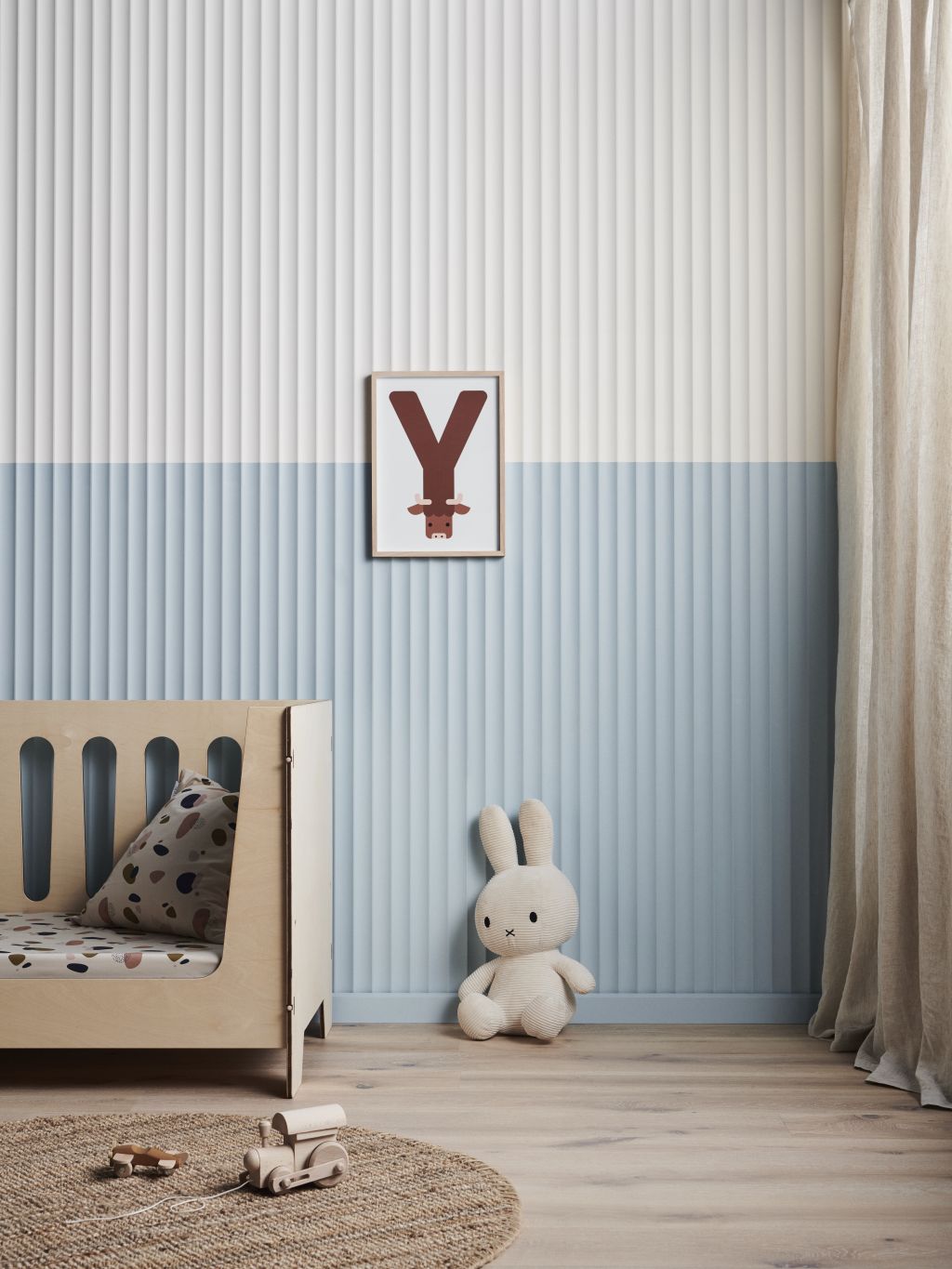
In recent years, Laminex has created products from recycled materials like denim and paper – an area Leagh-Murray says is a focus for the company moving forward: “The circular economy is the next thing.”
Another “future space of innovation” for the brand is the development of its wall panel range, Surround By Laminex, which launched in 2022.
As for the colours that may come to define the 2020s? This year’s collection suggests earthy greens, browns and neutrals are in vogue.
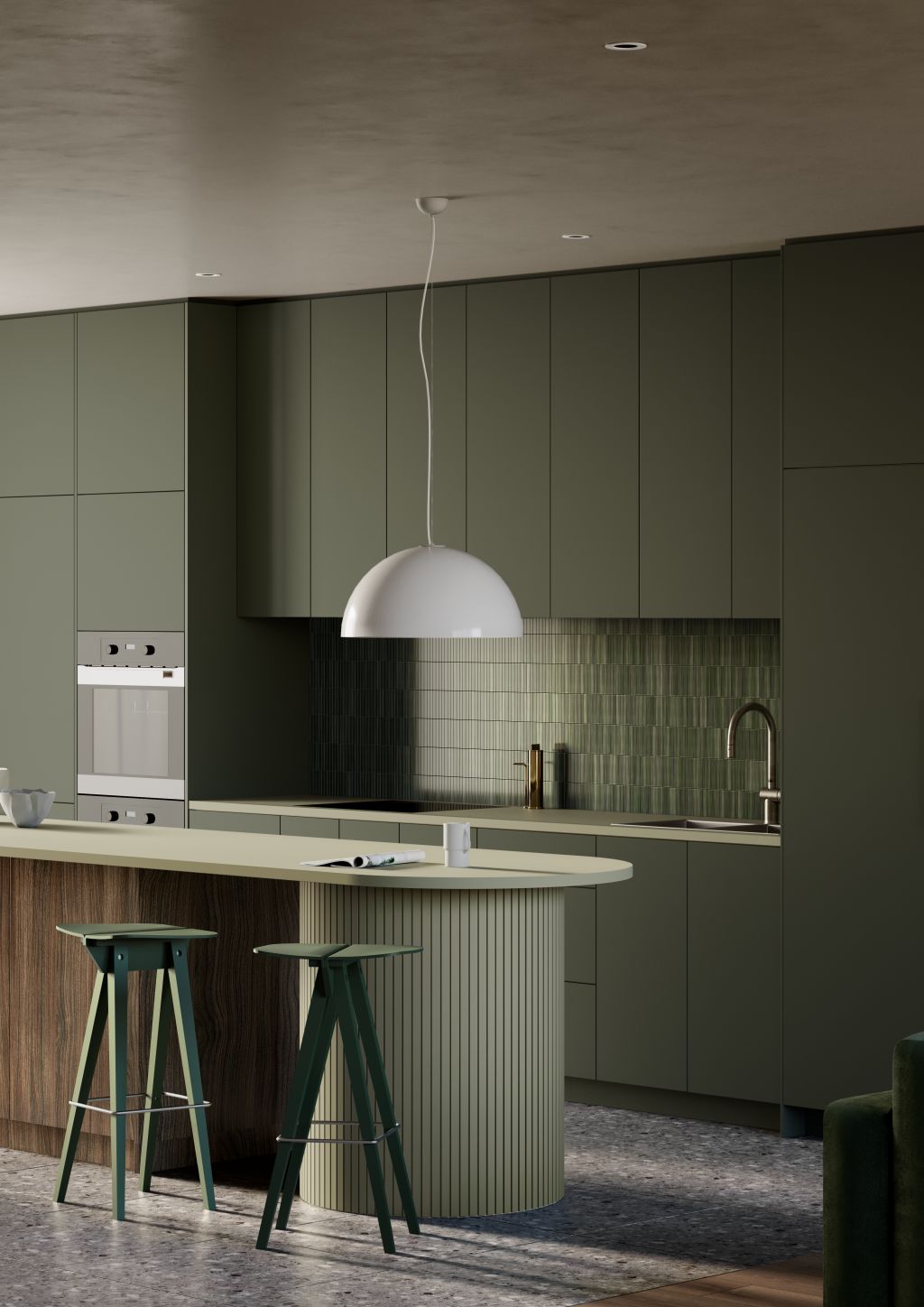
But, as it has for nine decades, the brand is already looking ahead.
“It’s a bit of a guessing game and a bit of a prediction and not everything lands,” says Leagh-Murray.
“Yes, we’re in the building industry, but we’re actually a fashion brand at the end of the day, so it’s important for us to continue to keep that palette updated.”
Other iconic Australian brands
Dulux
Dulux Australia began life as British Australian Lead Manufacturers (BALM) in Sydney back in 1918. Dulux paints have coloured our homes and communities ever since, with its yearly colour forecasts and awards program shaping architecture and interior trends. Its paint factory in Melbourne’s Merrifield is the largest in Australia and New Zealand.
Colorbond
The first sheet of Colorbond steel rolled off the production line at Port Kembla in Wollongong in 1966. Almost 60 years later, the brand’s products are still widely used for roofs, walls, sheds, fences and garage doors around the country. The company’s founder, John Lysaght, is also credited with bringing corrugated iron here in the mid-1800s.
Boral
Boral opened the first Australian-owned bitumen and oil refinery in Sydney’s Matraville in 1947 following the end of the Second World War. Since then, the company’s cement, asphalt, bitumen and bricks have been used to form roads, buildings and key infrastructure like airports and bridges.
Austral Bricks
Founded in 1908, Austral Bricks is Australia’s largest producer of clay bricks and pavers. Part of Brickworks, the company has been an integral part of Australia’s building industry for over a century. In more recent years, it launched a carbon-neutral-certified brick and a range of Venetian Glass bricks.
GlobeWest
Furniture and homewares business GlobeWest was founded by brothers Stephen and Alan Mendel in Melbourne in 2004. Twenty years on, the brand’s locally designed products – from lounges and dining tables to outdoor furniture and homewares – are favourites among designers and homeowners.
We recommend
We thought you might like
States
Capital Cities
Capital Cities - Rentals
Popular Areas
Allhomes
More
